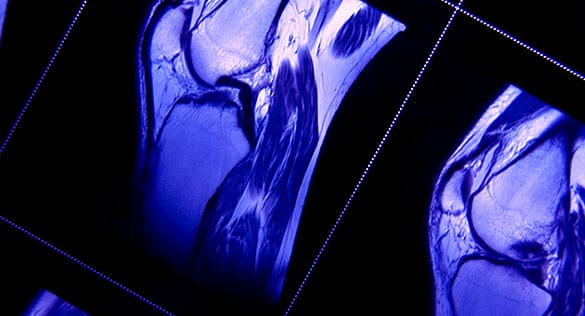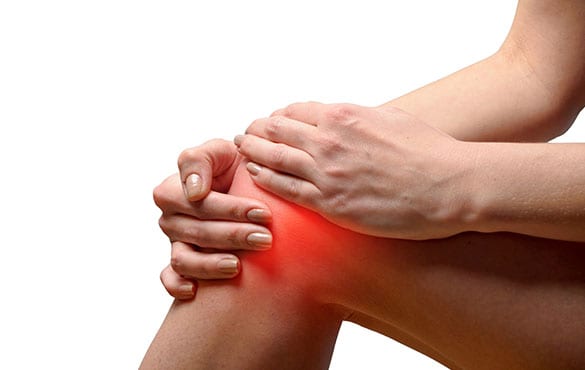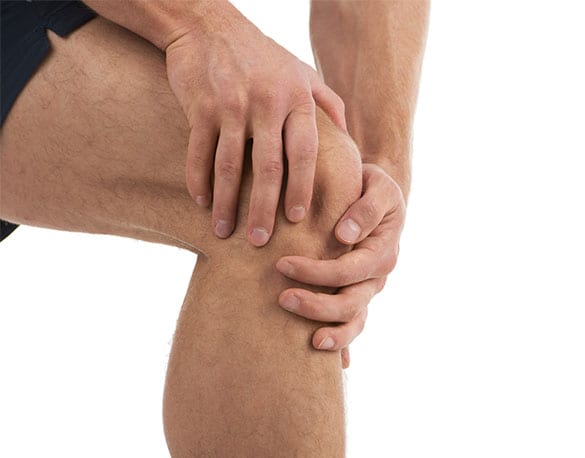
Restore comfort and range of motion after a Torn ACL with LA Orthopedic Group.
The anterior cruciate ligament, or ACL, is one of the four ligaments that stabilize the knee joint. ACL tears occur when a pivot or sudden change in direction occurs against a locked knee.
- Each year, about 200,000 people experience ACL tears
- About 100,000 require surgical repair
- Women are more likely than men to experience ACL injuries
CONTACT US TODAY
Symptoms
The most common symptom of a torn ACL is a popping sensation in the knee. This sound is typically followed by swelling and pain in the knee. The knee may feel unstable, and may be too painful to bear weight. It is common to lose full range of motion in the knee.
Causes
The most common cause of torn ACLs is sports injury. Any sport that involves jumping, stopping, or changes to direction increase the risk of ACL damage. Basketball, football, gymnastics, soccer, and downhill skiing all have a higher than average risk of ACL tears. Approximately 70 percent of ACL injuries happen during non-contact times of activity. The remaining 30 percent of injuries are the result of contact, either with another player or an object.


Treatment
The goal of treatment for a torn ACL is the return to the level of function attained before injury. In some cases, rest and a period of rehabilitation exercises may be enough to regain stability and strength in the area. A hinged knee brace can also provide needed support.
The other option for treatment of a torn ACL is surgery. This arthroscopic procedure replaces the damaged ACL with tendon, either from the patient or a cadaver. Suturing the ACL itself has a higher failure rate than replacing the entire ligament with tendon. It takes between six and nine months for the ACL to heal to the point that the patient can resume normal activities.
Other Ligaments of the Knee
It is not unusual for someone who tears their ACL to damage other ligaments in the knee as well. In fact, about 50 percent of ACL injuries also include damage to the articular cartilage, meniscus, or other ligaments. When there is damage to more than one ligament, it increases the likelihood that surgical repair will be required.
Although the healing time for an ACL tear is long, results are typically good. With proper medical care and attention to rehabilitative exercises, it is very possible for the individual to regain their previous level of mobility. Individuals who experience ACL tears do have an increased risk of developing osteoarthritis of the knee, even if they have the tear surgically corrected.




